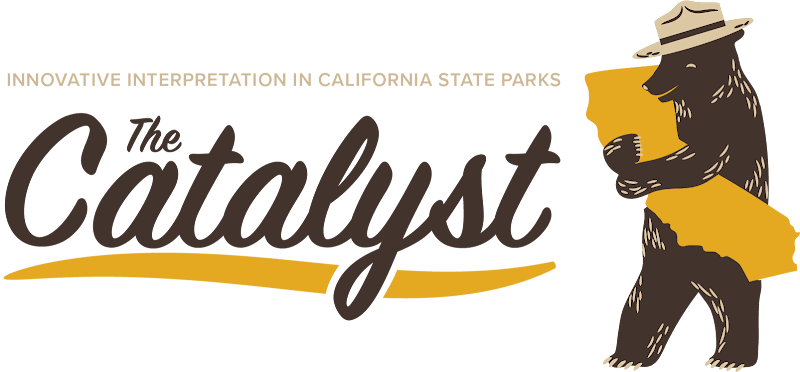
“Service Please!”
How the Service Centers Serve Parks
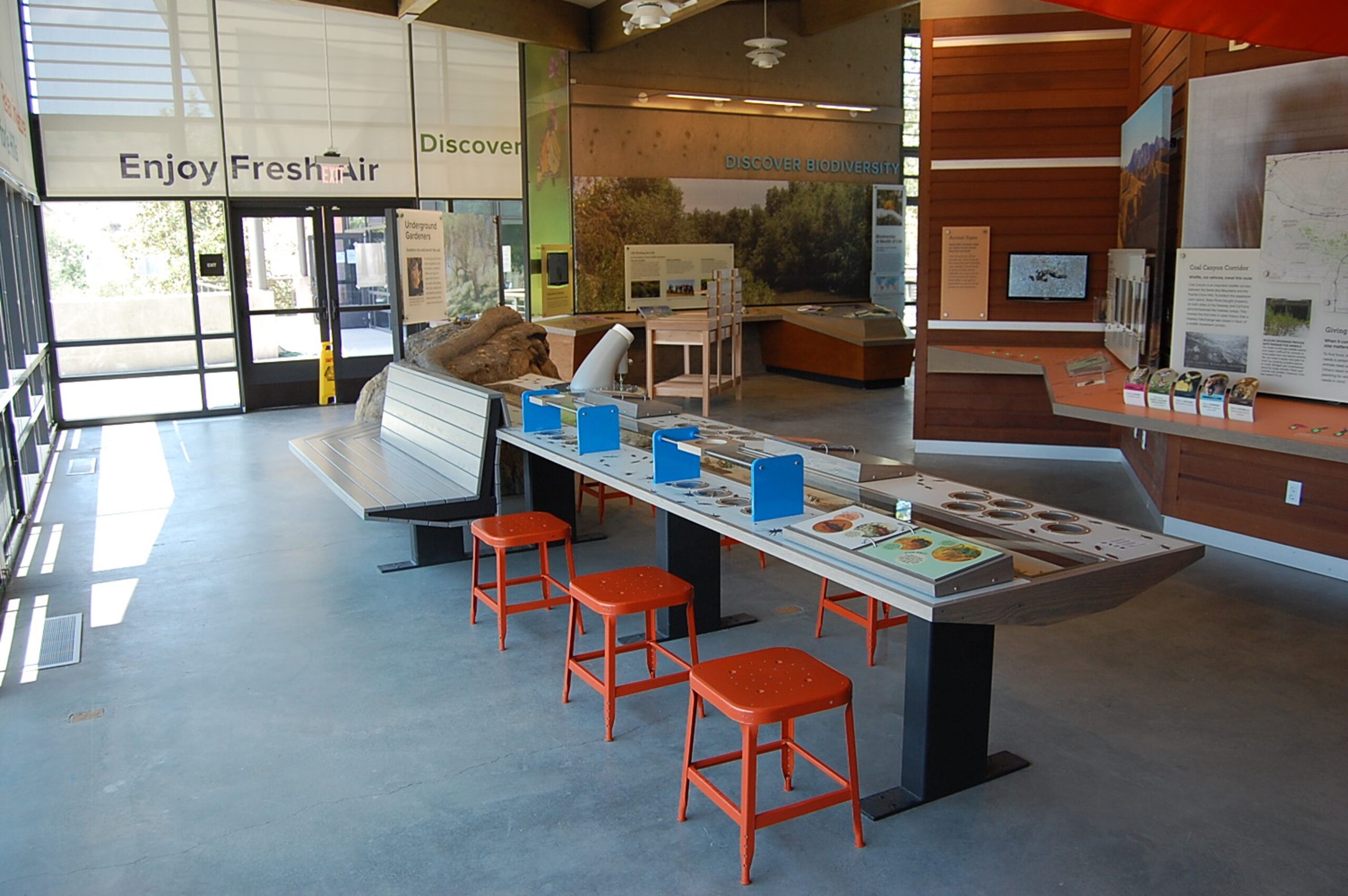
What is a Service Center, where are they, and what do they provide? California State Parks has two Service Centers: one in Sacramento and another in San Diego. The Northern Service Center (NSC) and the Southern Service Center (SSC) trace their origins to the Office of Interpretive Services (OIS), organized in the 1960s. Back then, visitor center design was a collaboration between interpreters, museum curators, exhibit designers, and staff architects. Almost everything was done in-house, and it was a rare exception to utilize outside vendors for interpretive services.
Collaboration continues at the Northern and Southern Service Centers. The potent combination of interpreters, museum curators, and exhibit designers allow the service centers to assist parks and districts with everything from the design of a single interpretive panel for a trail to the development of a new Interpretation Master Plan. This includes the ability to design new visitor centers or rehabilitate and update existing visitor centers.
The Service Centers have retained the ability to provide parks and districts with services in support of the development and fabrication of new interpretive materials ranging from trail panels to new visitor center exhibits. This work has often been in collaboration with Service Center colleagues (archaeologists, historians, natural resource specialists, architects, and landscape architects), park/district Interpretive and Resource Specialists, and California Native American Tribes/Bands.
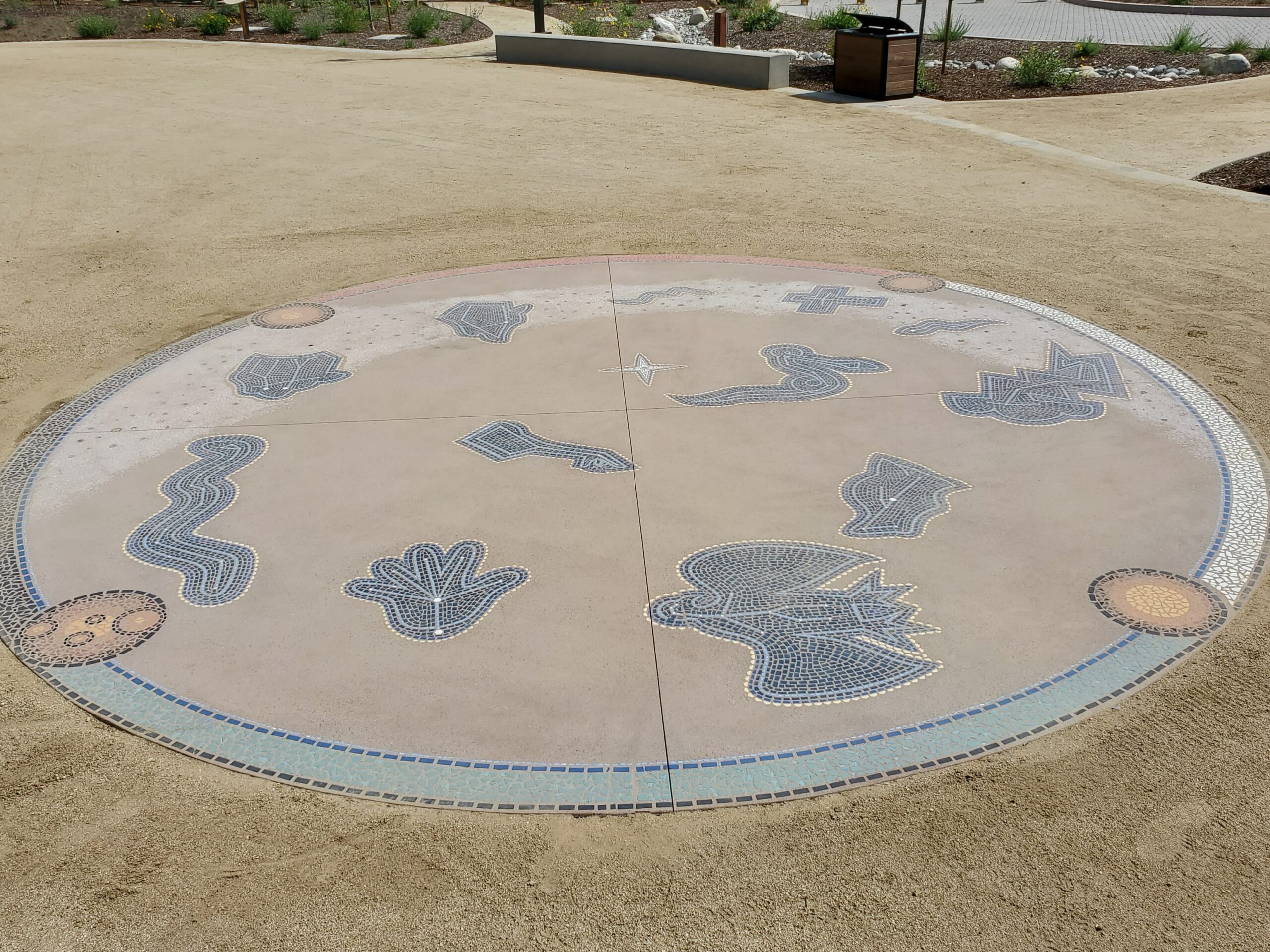
Representative projects completed by the NSC over the years include:
Updated and rehabilitated visitor centers at:
- Marshall Gold Discovery SHP
- McArthur-Burney Falls Memorial SP
- Calaveras Big Trees SP
Development of new Interpretive Master Plans and the follow-on construction of visitor centers and exhibits at:
- Folsom Powerhouse SHP
- Donner Memorial SP
- Immigration Barracks at Angel Island SP
Today this type of visitor center and planning work requires the collaboration of the Service Centers with outside vendors to facilitate such projects.
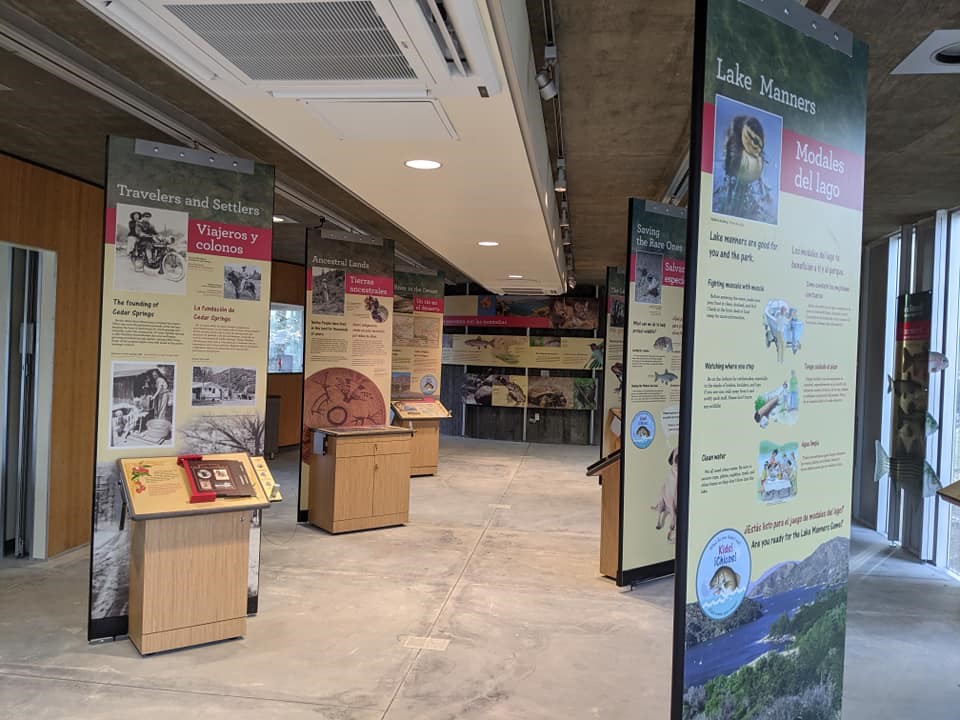
Down south, the Southern Service Center’s (SSC) staff has also been providing California’s State Parks with assistance varying from interpretive planning to project development for nearly twenty-five years. Highlights of projects completed by the SSC include:
Exhibit upgrades for three historic adobe homes at:
- Pio Pico SHP
- Los Encinos SHP
- Malibu Creek SP
General Plan interpretation and education sections for:
- Topanga SP
- Cuyamaca Rancho SP
New visitor centers with custom exhibits and audiovisual media at:
- Baldwin Hills Scenic Overlook
- Silverwood Lake SRA
- Chino Hills SP
Outdoor exhibits at:
- Carpinteria SB
- Crystal Cove SP
- Old Town San Diego SHP
The SSC’s current projects include exhibit upgrades at the Lake Perris Regional Indian Museum and a new visitor center at Colonel Allensworth State Historic Park.
The Service Centers retain the records and documents related to services previously provided. In addition, the NSC and SSC retain the files for all interpretive projects undertaken since their creation, and some prior to that. Support for the replacement of existing interpretive materials that have deteriorated or failed is available. This includes replacing interpretation that no longer conforms to professional, cultural, or accessibility standards.
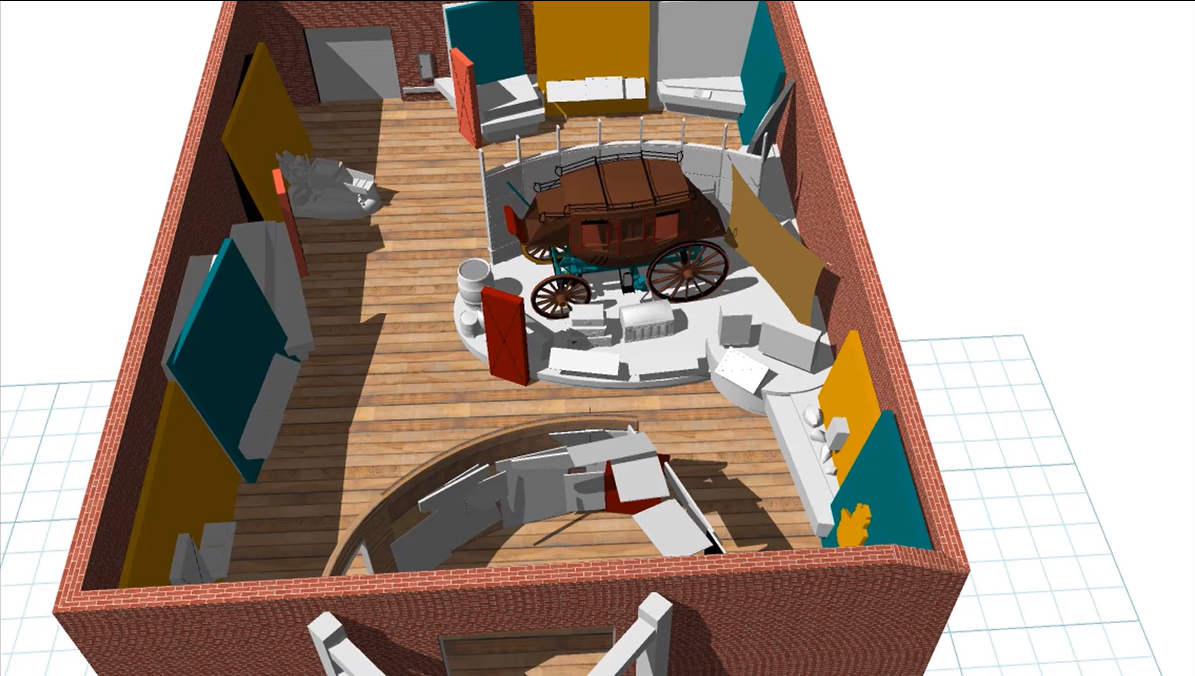
Also, the NSC can now produce 3D project modeling and audio-visual media editing. For example, 3D modeling walkthroughs were used to proof the new interior design of the Marshall Gold Discovery State Historic Park visitor center. 3D modeling also allows for proof-of-concept review in the development of new interpretive panel projects. The NSC has also remastered several park videos for playing on high-definition monitors. This is in addition to creating new video content.
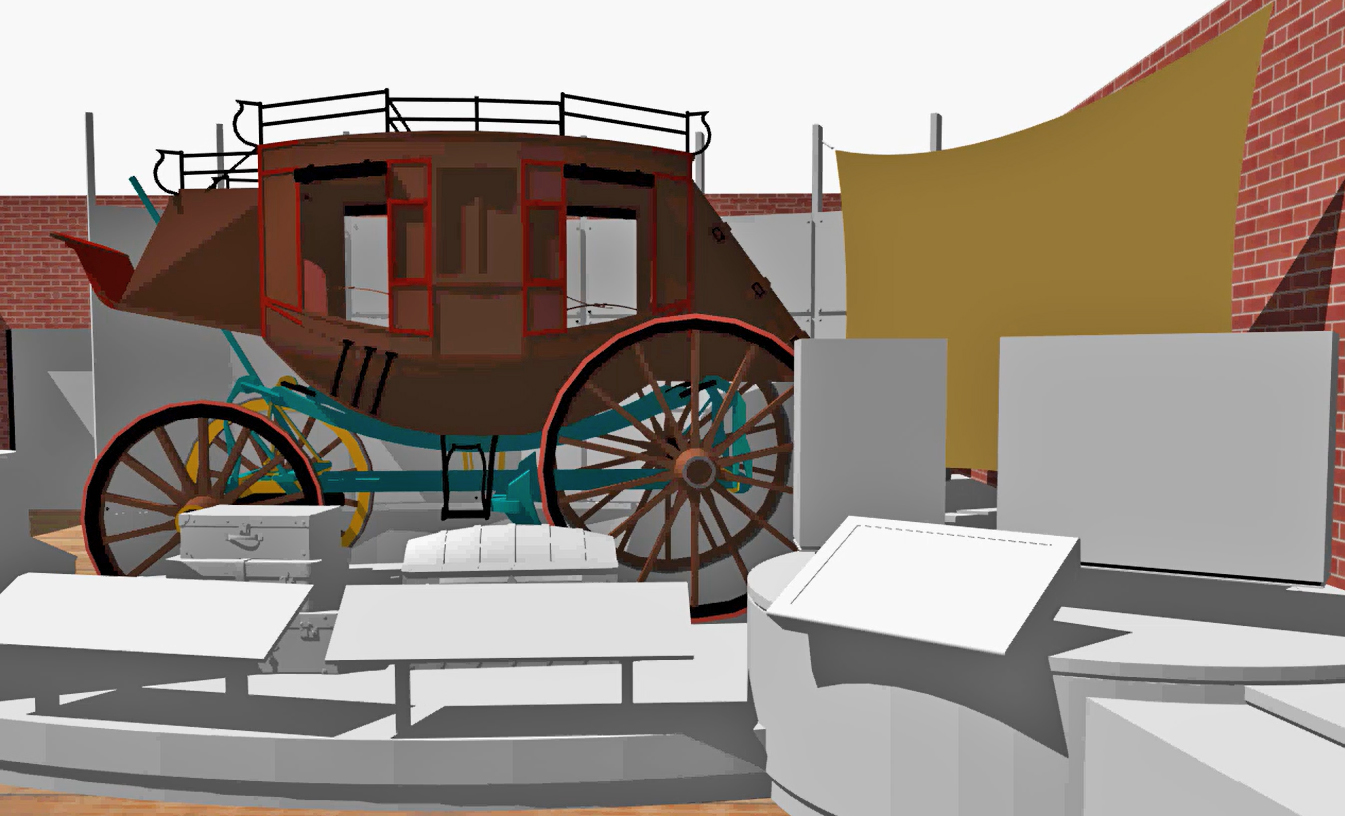
Along with providing support for State Parks, the NSC has done projects for sister agencies. A recent project for the California Conservation Corps entailed the design of three new interpretive panels and the restoration of three historic camp entrance signs.
From temporary construction information signs to the creation of a diversity of new interpretive materials and features, the Service Centers represent powerful resources of support for the interpretive needs of your park. Here are staff contacts to help you get started.
Northern Service Center:
Bill Bell, Exhibit Designer/Coordinator (bill.bell@parks.ca.gov)
Mark Miller, State Park Interpreter I (mark.miller@parks.ca.gov)
Southern Service Center:
Nancy Mendez, Regional Interpretive Specialist (nancy.mendez@parks.ca.gov)
